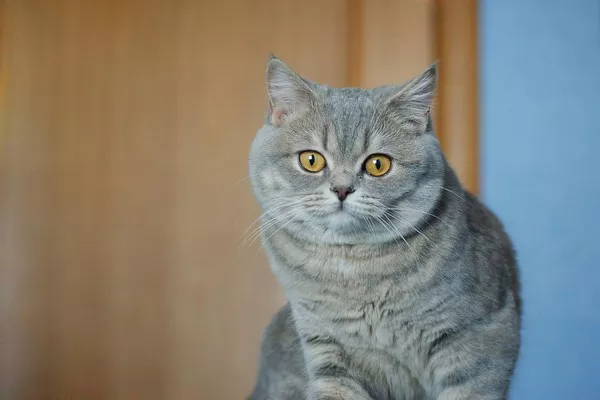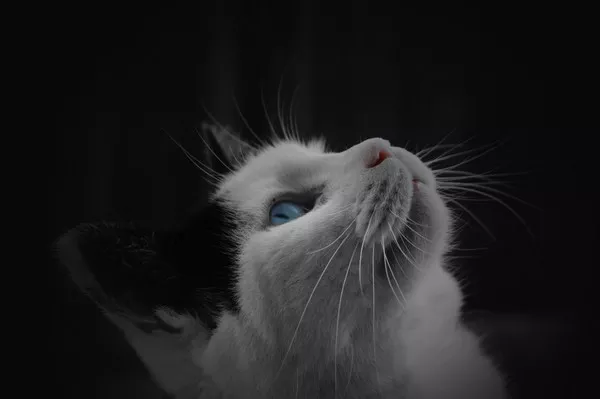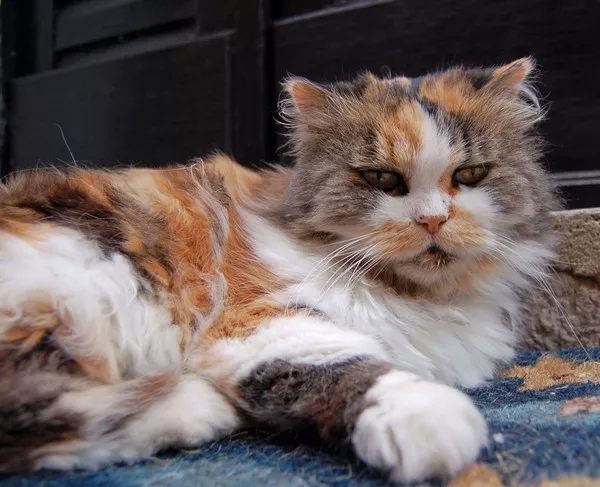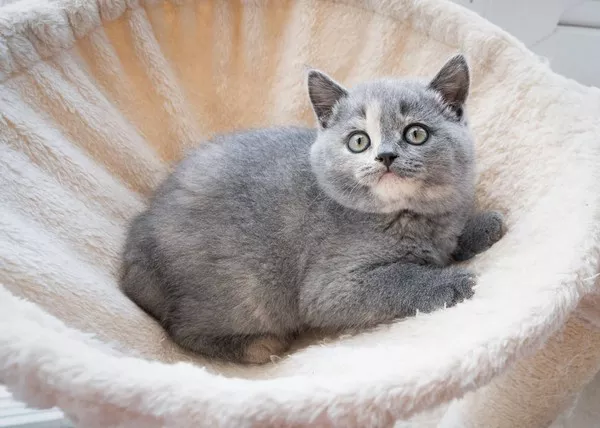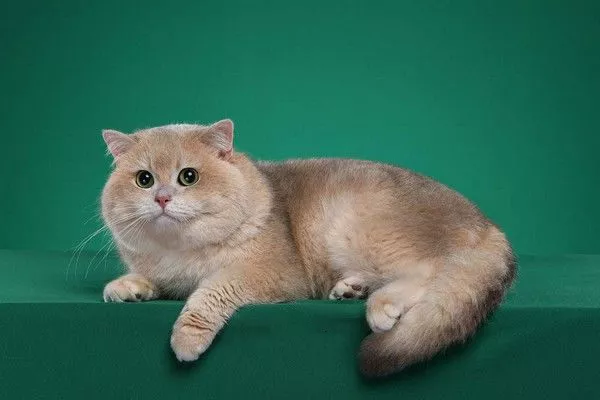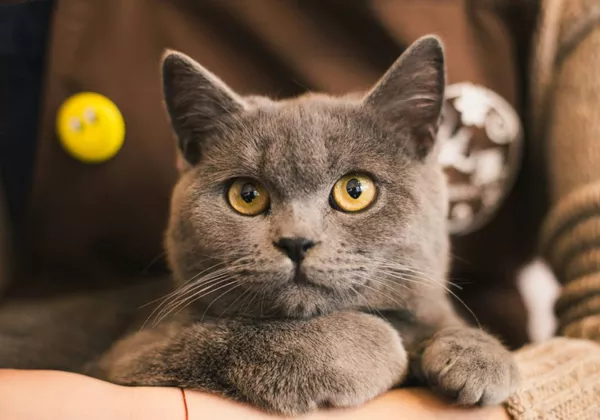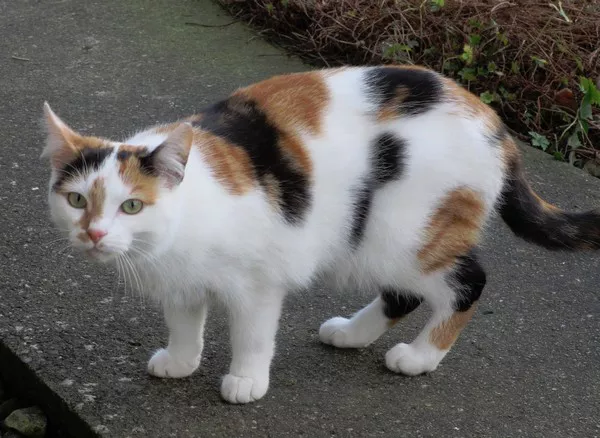British Shorthair cats are renowned for their charming appearances, easygoing temperaments, and affectionate nature. However, potential cat owners and enthusiasts often wonder about their vocalization habits. Are British Shorthairs vocal cats? How do they communicate their needs and emotions? This comprehensive article delves into the vocal characteristics of British Shorthairs, examining their communication style, vocal patterns, and factors influencing their vocal behavior. With a thorough understanding, current and prospective owners can better cater to the needs of their feline companions.
Understanding Feline Communication
The Basics of Cat Communication
Cats communicate using a combination of vocalizations, body language, and scent marking. While vocalizations can vary widely between breeds and individual cats, they generally include meowing, purring, hissing, growling, and chirping. Body language, such as tail position, ear orientation, and facial expressions, also plays a crucial role in feline communication. Understanding these elements helps cat owners interpret their pets’ needs and emotions more accurately.
Vocalizations in Domestic Cats
Domestic cats have developed various vocalizations to communicate with humans and other animals. These vocalizations can be categorized into different types, each serving a specific purpose:
Meowing: Often used to seek attention, express needs, or greet their human companions.
Purring: Generally associated with contentment and relaxation, though it can also indicate pain or discomfort.
Hissing and Growling: Signify fear, aggression, or displeasure.
Chirping and Trilling: Typically indicate excitement or curiosity, often directed at birds or other prey.
Vocal Characteristics of British Shorthairs
General Temperament and Behavior
British Shorthair cats are known for their calm, laid-back nature. They are affectionate but not overly demanding, making them excellent companions for families, singles, and seniors alike. This easygoing temperament often extends to their vocalization habits.
Vocalization Patterns of British Shorthairs
Compared to more vocal breeds like Siamese or Bengal cats, British Shorthairs are generally considered moderate to low in vocalization. They do communicate vocally, but their meows are often softer and less frequent. British Shorthairs typically use vocalizations to express specific needs or emotions, rather than for constant interaction.
Common Vocalizations of British Shorthairs
While British Shorthairs are not known for being excessively vocal, they do exhibit a range of vocal behaviors:
Soft Meows: British Shorthairs often use soft, gentle meows to communicate with their owners. These meows may be used to seek attention, express hunger, or indicate a desire to play.
Purring: Like most cats, British Shorthairs purr when they are content and relaxed. Purring can also be a self-soothing behavior in times of stress or discomfort.
Chirping and Trilling: Some British Shorthairs may chirp or trill, particularly when they are excited or observing birds or other prey through a window.
Hissing and Growling: Although generally rare, British Shorthairs may hiss or growl if they feel threatened or are in a confrontational situation.
Factors Influencing Vocal Behavior
Several factors can influence the vocal behavior of British Shorthair cats, including:
Individual Personality: Each cat has a unique personality that can affect their vocalization patterns. Some British Shorthairs may be more vocal than others simply due to individual differences.
Environment: The environment in which a British Shorthair is raised can impact their vocal behavior. A calm, stress-free environment may result in less vocalization, while a more stimulating or stressful environment could lead to increased vocal activity.
Health and Well-being: Changes in a cat’s health or well-being can influence their vocal behavior. Pain, illness, or discomfort may cause a typically quiet cat to become more vocal.
Interaction with Humans: The level of interaction and attention a British Shorthair receives from their human companions can affect their vocalization. Cats that receive ample attention and stimulation may vocalize less than those seeking more interaction.
Interpreting British Shorthair Vocalizations
Recognizing Needs and Emotions
Understanding the context and characteristics of a British Shorthair’s vocalizations can help owners interpret their needs and emotions more effectively:
Hunger or Thirst: Persistent meowing, especially near mealtime or the water bowl, can indicate that the cat is hungry or thirsty.
Desire for Attention: Soft, insistent meows accompanied by affectionate behaviors such as rubbing against legs or head-butting can signal a desire for attention or play.
Discomfort or Pain: Uncharacteristic vocalizations, such as frequent or loud meowing, hissing, or growling, may indicate that the cat is in pain or experiencing discomfort.
Curiosity or Excitement: Chirping and trilling, especially when observing birds or other outdoor activities, can signify curiosity and excitement.
Responding Appropriately
Responding appropriately to a British Shorthair’s vocalizations can strengthen the bond between cat and owner and ensure the cat’s needs are met:
Providing Essentials: Ensure that the cat’s basic needs, such as food, water, and a clean litter box, are met. Addressing these needs can reduce unnecessary vocalization.
Interactive Play: Engage in regular interactive play sessions to provide mental and physical stimulation. This can help reduce boredom and associated vocalization.
Comfort and Security: Create a comfortable and secure environment for the cat. Providing cozy resting spots, scratching posts, and safe hideaways can help reduce stress and vocalization.
Health Monitoring: Regular veterinary check-ups are essential to monitor the cat’s health and address any potential issues that may be causing discomfort or increased vocalization.
Enhancing Communication with British Shorthairs
Building a Strong Bond
Building a strong bond with a British Shorthair involves understanding their communication style and responding to their needs:
Observation: Spend time observing the cat’s behavior and vocal patterns to gain insights into their communication style.
Positive Reinforcement: Use positive reinforcement, such as treats and praise, to encourage desired behaviors and reduce unwanted vocalization.
Consistency: Maintain a consistent routine for feeding, playtime, and interaction to provide a sense of security and reduce anxiety-related vocalization.
Training Techniques
Training can help manage vocal behavior and enhance communication with a British Shorthair:
Clicker Training: Clicker training is an effective method for teaching desired behaviors and reducing excessive vocalization. Use a clicker to mark desired behaviors and reward the cat with treats.
Command Training: Teach the cat simple commands, such as “quiet” or “come,” using positive reinforcement techniques. This can help manage vocal behavior and improve overall communication.
Comparing British Shorthairs to Other Breeds
Vocal vs. Quiet Breeds
Comparing British Shorthairs to other cat breeds can provide context for their vocal behavior:
Vocal Breeds: Breeds like Siamese, Oriental Shorthair, and Bengal cats are known for their vocal nature. These breeds often engage in frequent, loud vocalizations to communicate with their owners.
Quiet Breeds: Breeds such as the Persian, Russian Blue, and Scottish Fold are generally quieter and less vocal. They tend to use body language and subtle vocalizations to communicate.
British Shorthair’s Unique Communication Style
British Shorthairs occupy a middle ground between vocal and quiet breeds. Their communication style is characterized by moderate vocalization, typically involving soft, gentle meows and occasional chirping or trilling. This balanced approach to communication makes them well-suited to a variety of households, including those seeking a more relaxed and peaceful environment.
Conclusion
In conclusion, British Shorthair cats are generally moderate to low in vocalization, making them an appealing choice for those who prefer a quieter feline companion. Their communication style is characterized by soft, gentle meows and occasional purring, chirping, or trilling. Factors such as individual personality, environment, health, and interaction with humans can influence their vocal behavior. By understanding and responding to their vocalizations, owners can build a strong bond with their British Shorthair and ensure their needs are met. Whether you are a current owner or considering bringing a British Shorthair into your home, appreciating their unique communication style will enhance your relationship with these charming and affectionate cats.

